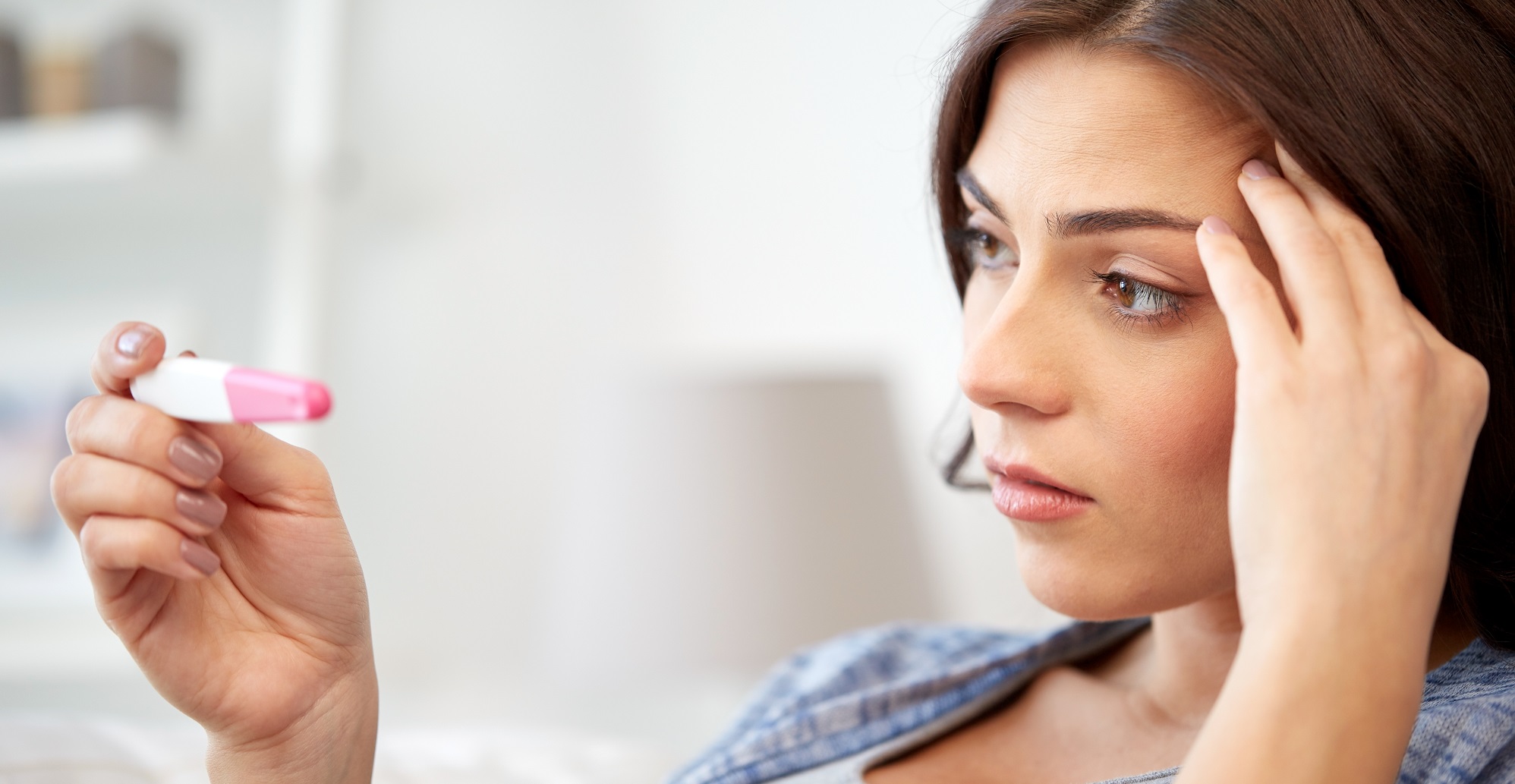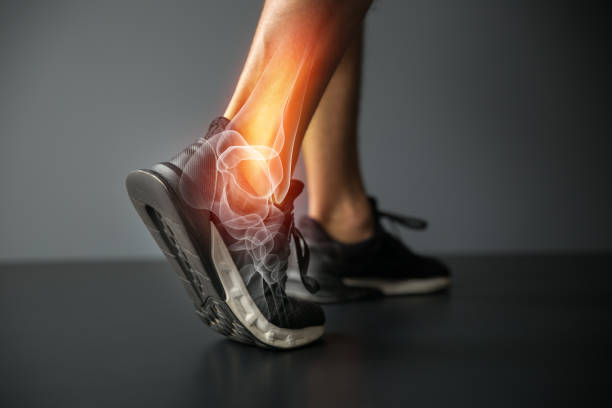
Playing sports is a way to be healthy. However, along with being physical active, comes the risk of injury. Ankle injuries are a common sports related injury. Examples include Achilles tendonitis, ankle sprains and ankle fractures. Today’s topic will focus on Achilles tendonitis.
What is achilles tendonitis?
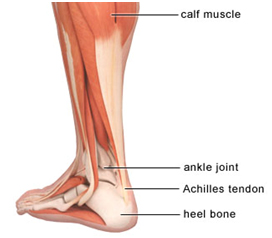
Achilles tendonitis is a term when there is an overuse injury of the Achilles tendon, a band of connective tissues that attaches your calf muscles to your heel bone. It is commonly seen in runners, who suddenly have increased intensity or duration of runs. Tennis and basketball players are also commonly affected as these sports require quick stops and changes of direction.
Causes
Majority of tendon injuries are due to gradual wear and tear from overuse or aging. Repetitive actions in sports, certain jobs or even daily activities are more likely to damage the tendon. Factors that can lead to Achilles tendonitis include:
- Sudden increased intensity or duration of exercise
- Overtraining (repetitive stress)
- A sudden change in training surface (smooth to hard surface)
- Hill running
- Tight hamstring and calf muscles
- Flat feet
- High foot arch with tight Achilles tendon
- Poorly supported footwear
- Bone spurs in the back of the heel
- Poor eccentric strength
Symptoms
- Pain which may be mild and only noticeable after exercise. Gradually, the pain may become constant and severe
- Swelling at the back of heel
- Tenderness over the Achilles tendon and is overly warm to touch
- Stiffness and limited range of motion when flexing the foot
Treatment
The choice of treatment depends on the severity of the injury.
Initial treatment (R.I.C.E method)
- Rest – This is to keep the weight off and prevent further damage.
- Ice – Place an ice pack over the affected area for 20 minutes at a time after exercise or when in pain.
- Compression – Compress the injured area with an elastic band to help limit swelling and movement.
- Elevation – Lift the ankle above the heart level and keep it supported.
Non-operative treatment
- Gentle stretching and strengthening of calf muscles
- Wearing a brace or walking boot to prevent heel movement
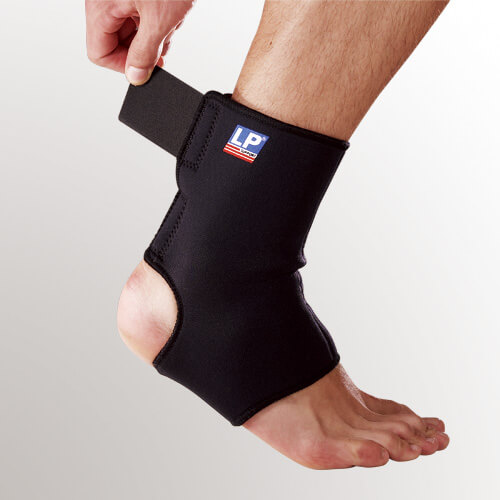
- Wearing shoe inserts to relieve strain on Achilles tendon
- Anti-inflammatory medications (ibuprofen) for a limited time
- Physical therapy with the help of a physiotherapist
Operative treatment
- Achilles tendon repair surgery is usually recommended in severe, long term case of Achilles tendonitis.
Prevention
The following measures can reduce the risk of developing Achilles tendonitis:
- Take it slow. Begin slowly when you are starting an exercise regimen and gradually increase the duration and intensity of the training.
- Adequate stretching and warm up. Always ensure to stretch your calf muscles and Achilles tendon before exercise and after exercise to maintain flexibility and agility.
- Strengthen your calf muscles. To develop strong, flexible calf muscles, perform eccentric exercises (heel drop): Stand with one foot on a step/stair and the heel raised up. Lower the heel slowly, until the foot is parallel to the ground (leg should remain straight), then raise it back to the starting position using the other leg.
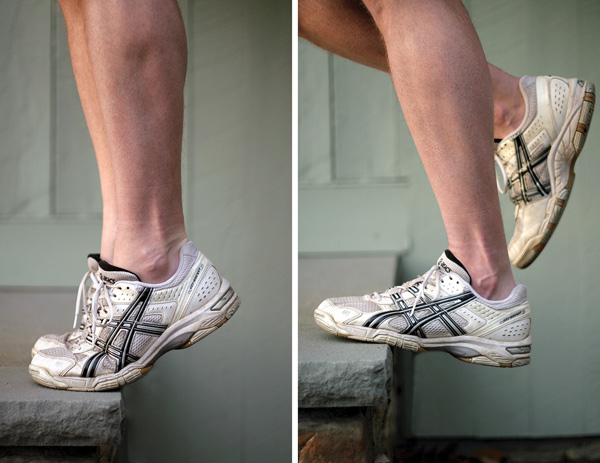
- Limit certain exercises. Avoid activities that put excessive strains on the Achilles tendon, such as hill running.
- Choose a proper footwear. Make sure your shoes are light-weight, with adequate cushioning for the heel and has a firm arch support to reduce the tension in the Achilles tendon. If your shoes are worn-out, consider replacing them or try arch supports in both shoes.
- Combine high- and low-impact exercises. Alternate high-impact activities, such as running and basketball, with low-impact activities, such as cycling and swimming to reduce constant stress on the tendons.
If the Achilles tendonitis persists, consult a foot doctor now.
Image credit:
- https://i1.wp.com/movementsolutions-sc.com/wp-content/uploads/2018/09/achilles-tendonitis.jpg?resize=800%2C365&ssl=1
- https://www.jointhealthmagazine.com/wp-content/uploads/2017/12/causes-of-ankle-pain.jpg
- http://www.bupa.co.uk/~/media/Images/healthmanagement/topics/achilles-tendon.png
- https://lh3.googleusercontent.com/1A3kar6xo4Adap8tIyI_t4BvK_24VL4lkMWpVwWS_u3wOyeskO7d5gtvL-Vr6TqQvPMb8w=s85
- https://lermagazine.com/wp-content/uploads/2014/11/11achilles-Figure-1AB.jpg
References:
- Achilles tendonitis (tendinopathy) | Southern Cross
- Achilles tendinopathy | Physioworks
- Achilles tendinitis | Mayo Clinic





